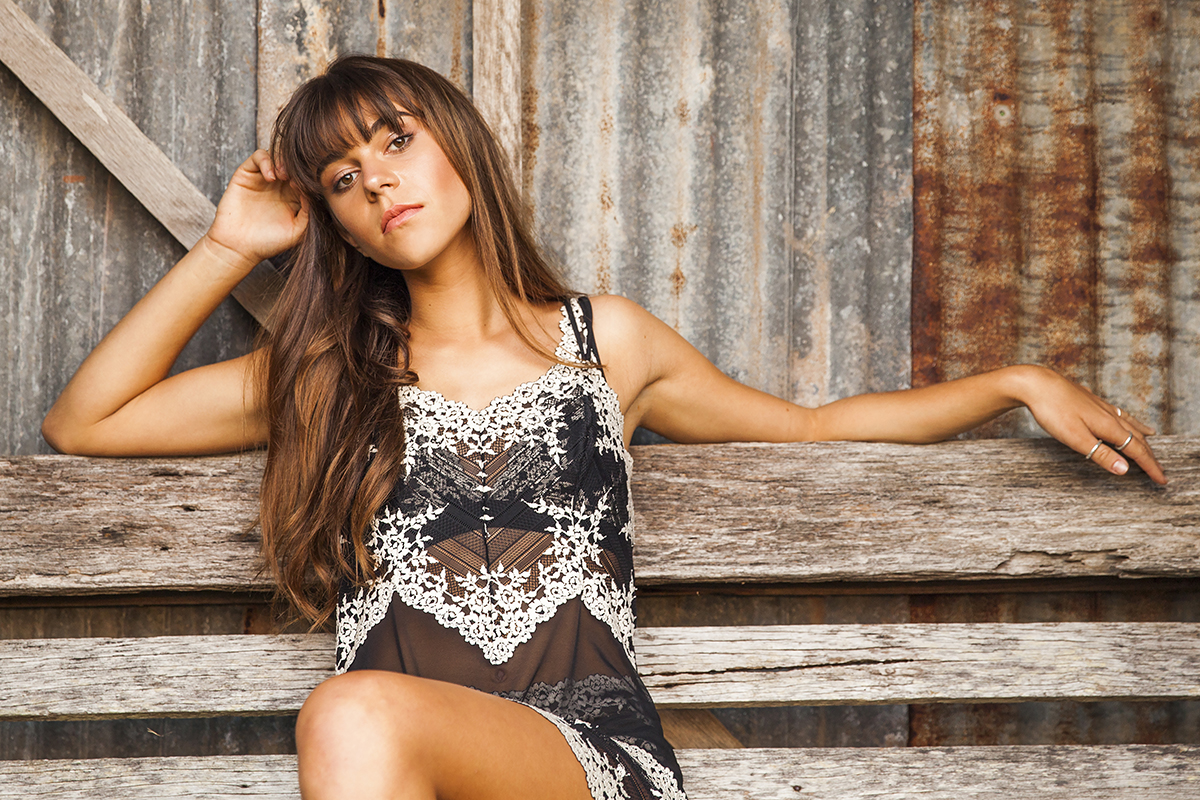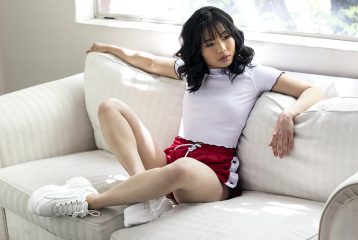The Novice's Overview to Product Photography
If a picture deserves a thousand words, a sensational product photo deserves a thousand site visits. Although I do not have data to back up that statement (yet), product photography can be very important to your ecommerce site approach.
To reach your target audience members that prefer acquiring online, you also need to give your audience clear, attractive images of your products.
But product photography isn't as straightforward as aiming and firing. Even one of the most fundamental products require the correct devices, lights, and room to create attractive pictures that sell consumers right from the acquisition web page.
6 Product Photography Tips ( as well as Examples) for Taking Pictures That Offer
Below are the ideas, examples, as well as materials you'll require to properly picture as well as market your products in a manner that makes your visitors and leads want to transform.
1. Don't be afraid to use your smartphone's video camera.
This is the component where I'm meant to persuade you to purchase a premium, 50-megapixel (MP) video camera with a 100-millimeter screw-on lens. However I'm not going to do that.
If you already have a electronic camera that fits this summary, capitalize on it. But for lots of sorts of items, it's completely appropriate to shoot product images on a smartphone.
Newer smartphones boast effective camera lenses as well as settings that enable you to enhance your shots for the various kinds of light and environments you may fire in.
If you need more convincing, just look into Apple's Shot On An iPhone campaign and the pictures that have arised from it over the years such as this set:
2. Shoot from a tripod for photo consistency.
Prior to discussing tripods, I'm obliged to start with a cardinal regulation: Do not prop your phone versus something strong to aim your lens toward the subject.
It's just too easy for this makeshift setup to move around during the shoot as well as create variances in your images' look. If you relax your camera on, say, a pile of books, simply make sure this plan doesn't change over the course of the shoot.
There's no injury in holding your cam yourself when shooting just a couple of product photos for your ecommerce web site. Yet as your organization grows, and you take much more photos of even more products, it can be difficult to standardize the product's positioning in each photo when shooting portable.
To guarantee uniformity throughout your products, you'll need a tripod. And luckily, acquiring one isn't constantly the large, industrial-sized investment it utilized to be.
Right here are two sorts of tripods to consider.
Traditional vs. Flexible
This is a custom tripod-- there are standard tripods available for both video cameras and mobile phones.
A versatile tripod can be adjusted in a number of ways. You can flex its legs and put it on different surface areas to get the angle you require.
Mobile Grip
There's commonly a screw on the top of your tripod which connects to your video camera to hold it in position. The bottom of many professional-grade cameras has a screw opening just for this function, however smartphones can utilize the following adapter:
The adapter grasps the sides of your mobile phone as well as can screw into either sort of tripod, allowing you to run the video camera manages with the phone screen encountering outside and also toward you.
Once you figure out which mount you'll require, establish it up in front of your product, as well as think about placing three pieces of tape on the ground to mark where you want to maintain each leg of your tripod throughout the shoot.
3. Select all-natural light or synthetic light.
Never underestimate exactly how particular kinds of light can enhance (or impede) your product photography. Keep in mind, buyers get the very best consider an item face to face, where they can see whatever they require to prior to getting. The right lighting arrangement aids you reveal those crucial decision-making product features when all website site visitors have to go on is a photo.
A solitary illumination arrangement may not help every product-- a illumination setup that helps some items may weaken the appearance of others.
There are two kinds of light you can pick as your main source of light: all-natural and artificial light.
Natural Light
All-natural light describes sunshine-- basic as that. It's also called "soft light" since the sunlight casts a bigger, softer range of light than, state, a lamp radiating straight on the product. Ecommerce product shots prosper in natural light if:
The product is shot outside or indicated to be utilized outside.
The product is made use of by, worn on, or shot with a individual ( individuals tend to look much better in natural light).You're attempting to highlight the product's surroundings, as opposed to specific attributes of the product.
Right here's an instance of a shot using all-natural light:
Fabricated Light
Man-made light consists of candles, fire, and also extra typically, light bulbs. It's also referred to as " tough light" due to the fact that it produces a smaller sized yet a lot more concentrated light surface. This kind of light satisfies products with physical details that require to be highlighted to impress an on-line customer.
As a basic policy, stick to simply one sort of light per photo-- natural or artificial. Including all-natural light to an artificially lit photo can soften a product that's suggested to look sharp, as well as adding man-made light to a naturally lit photo can develop a product that's implied to look soft. You do not intend to enter your own means.
4. Fill or jump your light to soften shadows.
Whether you utilize all-natural light or man-made light, you'll require to lessen the darkness that any type of prospective difficult light casts on the contrary end of a product.
There are 3 means to do this:
Fill Light
Consist of another, less-intense source of light to supplement your primary light. This added light is called your fill light as well as is made use of as a counterbalance to soften the all-natural darkness your main light generates behind an things.
To do this, put your fill light opposite your main light so your product rests in between both light sources.
Flashbulb Bounce Card
A bounce card, or reflector card, is a little card that " mirrors" or " jumps" the major light back onto the surface area underneath your product to reduce shadows.
Some bounce cards affix to the flashbulb of a expert cam lens to diffuse the light from the cam's flash. This card sprays a softer light onto the topic from over your set-- rather than right at it-- so you don't have lengthy shadows trail behind the things you're shooting.
Standalone Bounce Card
If you're shooting from a smartphone, a flashbulb bounce http://sergiohuwp061.lucialpiazzale.com/release-the-magic-of-visual-storytelling-with-gold-coast-brand-photography card isn't an option, considering that you do not have a physical flash you can affix it to. Rather, make your very own standalone bounce card positioned opposite your major light.
For novices to product photography, this bounce card can properly change your fill light, which counters the tough light from the electronic camera flash or light that's facing towards the front of your product.
5. Use a sweep or picture setting to stress the product.
There isn't one ideal method to position your product, lights, as well as bounce cards-- they can alter dramatically relying on your background. Yet do not pick a background based upon what's easiest to produce. Histories ought to look like exactly how you want your purchasers to regard your product when seeing it online.
Think about initially whether you 'd such as a white background or a more dynamic, real-world history. There's an easy means to attain each one.
White History: Move
For white backgrounds, it's not as basic as establishing a table against white drywall. Also smartphone cameras can get little acnes on a white wall surface that you wouldn't observe with the naked eye. To capture a ideal white history without edges or blemishes, make use of a move.
A move is a huge flexible sheet of paper, whose lower acts as the surface area beneath your product and after that curves up into a white wall surface behind the product.
On cam, the sweep's contour is unseen, stressing vital product details and also enabling the item to possess every one of a internet site visitor's attention.


Real-World History: Picture Mode
Dynamic, real-world histories are extremely appealing when shooting products that have a details usage or are being modeled by a individual-- as you saw aware of the briefcase previously in this overview.

Give your product depth and also focus with portrait setting, a image setting on many specialist cams, as well as additionally offered on lots of brand-new mobile phones. This setting obscures the history so the context of the product is clear yet not completing versus the product itself.
Below is a super outstanding photo of a HubSpot pen taken in picture setting on a Google Pixel 2 (I took this picture myself). You can inform the pen remains on a desk with a computer system behind it, yet the pen is still the centerpiece for visitors:
6. Fire a variety of photos.
My last ecommerce photography tip to you is to not stop at one photo per product. Just as your consumers look, hold, use, and also even try out product in a shop, your internet site needs to shoot a variety of pictures to simulate this really experience.
If you're firing apparel, for example, catch the garment of garments alone-- that is, spread out on a white surface area-- in addition to on a mannequin whose shade contrasts the color of the product.
After that, for additional photos, have the garments modeled on a individual, permitting you to take pictures of the product from the individual's different poses and also angles.
Product Photography Set Up
Next, allow's summarize what we just obtained-- below's a checklist of quick product photography set-up ideas that campaign photographer you can describe and share on your team:
• Pick a cam-- whether that indicates utilizing your smart device.
• Get a tripod that works for your cam of option.• Select all-natural or fabricated illumination-- consider which option is best for your product and setting.
• Determine whether you'll load or bounce light.• Select move or picture setting.
• Take a number of various photos to use your viewers range.
Start With Your Product Photography
Do not really feel obligated to buy every idea as well as piece of equipment at once. Use these product photography suggestions slowly to see what makes your shop look one of the most presentable, as well as alter your technique as your photography chops improve.